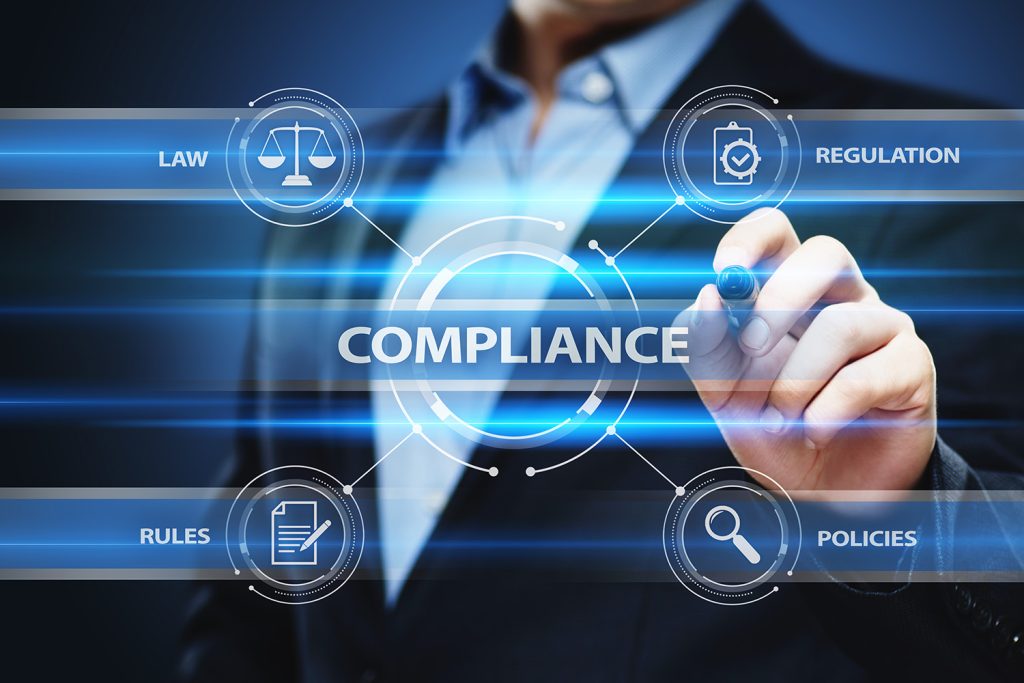Al-Mawj Company
Financial information
Money laundering
Money laundering is the illegal process of concealing the source of funds generated by illegal activities (such as drug trafficking, corruption, or economic crimes) and converting them into funds that appear legitimate. This process takes place in three main stages:

Deposit
At this stage, the illegal money is introduced into the financial system. This stage involves transferring cash into bank deposits or purchasing assets such as real estate and cars.
Camouflage
The goal of this stage is to make it difficult to trace the source of the funds. This is done by transferring funds between multiple accounts, making fictitious business transactions, or investing in countries with strict banking laws.
Merge
The money is returned to the formal economy to appear legitimate. The money is used for investment projects or the purchase of legal assets.
Reasons for the danger of money laundering:
It weakens the national economy by reducing the effectiveness of economic policies and increasing inflation.
It finances organized crimes, such as terrorism and human trafficking.
Threatens the stability of countries by manipulating markets and institutions.
Common examples of money laundering
Creating shell companies to hide illicit funds.
Buying real estate under false names.
Using casinos to launder money through betting.


Compliance
Compliance is adherence to laws, regulations, standards, and policies in place in an organization or industry. Compliance aims to ensure that activities and business are conducted in a legal, ethical, and regulatory-compliant manner.

Legal Compliance
Compliance with national or international laws and regulations, such as taxes and labor laws.
Regulatory Compliance
Comply with rules imposed by industry regulatory bodies, such as banks or insurance companies.
Internal Compliance
Adherence to the company's internal policies and procedures
Elements of Effective Compliance
Create written regulations and policies that outline compliance rules.
Train employees to understand and implement compliance policies.
Monitor compliance through monitoring and analysis systems.
Provide confidential channels for reporting violations.
Implement disciplinary measures against violators
The role of compliance in organizations
Promoting transparency: Contributes to building a work environment based on integrity.
Risk management: Helps identify challenges before they become major problems.
Achieving sustainability: Ensures business continuity in a legal and responsible manner.


Financial Control
Financial control is the process of managing and reviewing financial resources to ensure that they are used effectively, legally, and in accordance with established objectives. It aims to promote transparency, reduce waste, and combat corruption by ensuring compliance with financial policies and laws.

Internal control
It is practiced within the organization through mechanisms and procedures such as periodic reviews.
External oversight
They are carried out by independent or governmental regulatory bodies, such as national audit bodies.
previous censorship
Focuses on examining financial activities before they are carried out to ensure their legality.
Subsequent censorship
It involves reviewing and evaluating financial transactions after they occur.
The importance of financial control
Detect and stop illegal financial activities.
Building trust between institutions and stakeholders (such as investors and citizens).
Reduce costs and improve cash management efficiency.
Practical examples
Monitor government spending to ensure funds are directed to designated projects.
Verify compliance with corporate tax laws.
Review budgets and accounting processes to ensure accuracy.


